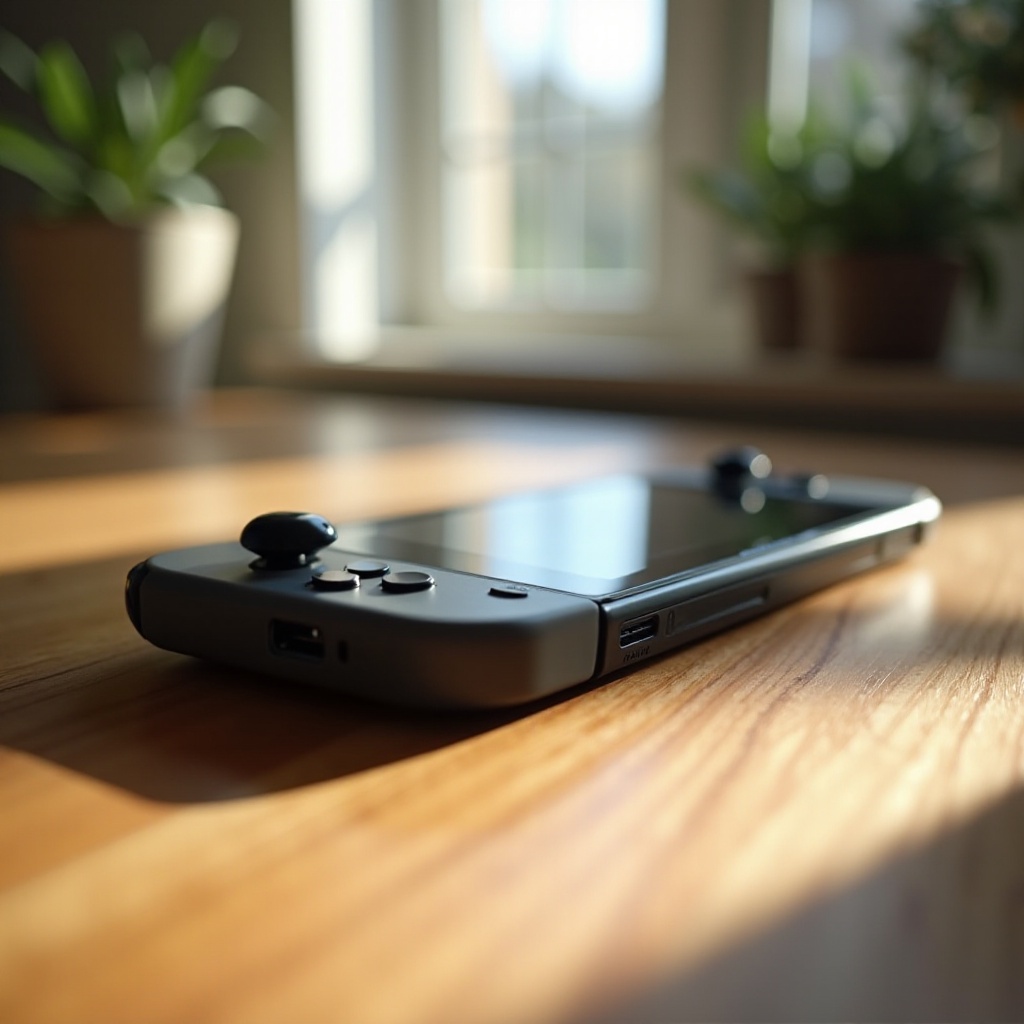Introduction
The Nintendo OLED Switch has become a focal point of discussion among gamers, particularly when it comes to its battery life. The question of whether this new model provides an enhanced battery experience remains critical. Battery performance is vital since it affects the portability and enjoyment of the gaming experience.
With enhancements like an upgraded display, the OLED Switch raises questions about its power consumption. This article delves into the battery performance of the OLED Switch, combining user experiences, expert analyses, and optimization tips to help you understand this model’s capabilities better.

Understanding OLED Display Technology
OLED (Organic Light Emitting Diode) technology distinguishes itself from traditional displays by emitting light through organic compounds. Unlike LCDs, which require an external backlight, OLEDs offer richer colors and more profound contrasts, enhancing the gaming visuals on the OLED Switch.
Despite these advantages, OLED’s vivid display can affect battery usage. Bright images tend to use more power, raising questions about the OLED Switch’s overall efficiency. Understanding how OLED influences battery life is key to determining its performance compared to older models.
Battery Specifications: OLED vs. Original Switch
The OLED Switch features a lithium-ion battery boasting a 4310mAh capacity, providing 4.5 to 9 hours of gameplay based on usage. This is similar to the updated V2 Switch model but with a more advanced display that may draw more power.
The original Switch, however, varies in battery life from 2.5 to 6.5 hours, contingent upon game and device settings. Analyzing both models is vital to assess whether the OLED model outperforms its predecessor in everyday use.

Real-World Battery Performance
Analyzing real-world performance reveals much about the OLED Switch battery. Reports vary widely, since heavier graphics and higher brightness settings are known to drain the battery more quickly. On the contrary, straightforward games and optimized settings can significantly extend battery life.
Extensive testing has illustrated that the OLED Switch’s battery lifetime is on par with the V2 model, despite the sophisticated display. Understanding how different games and settings impact battery drain is essential for maximizing your gaming sessions.
Factors Affecting Battery Life
Several adjustable factors influence the OLED Switch’s battery life, providing pathways to enhance its efficiency:
- Screen Brightness: Lowering brightness extends battery duration.
- Wireless Connectivity: Turn off Bluetooth and WiFi when unnecessary to conserve energy.
- Game Selection: Choosing less demanding games when traveling can prolong playtime.
- Updates and Standby Mode: Keeping your system updated and engaging power-saving options contribute to better battery efficiency.
These adjustments can help you achieve longer gameplay without compromising on the experience.
Expert Opinions and Reviews
Industry experts have conducted thorough evaluations of the OLED Switch battery, highlighting the importance of balancing OLED’s vibrant displays with battery consumption. While OLEDs might require more energy, tech experts emphasize that strategic adjustments can mitigate significant power consumption.
Reviews indicate that the OLED Switch’s battery life rivals that of earlier models, with users recognizing its balance between performance and innovation. Such insights can guide users to optimize their device’s settings for better battery efficiency.
The OLED Switch in the Broader Console Market
To understand where the OLED Switch stands, it’s crucial to observe its position among competitors. The gaming device market has evolved significantly, focusing on battery improvement alongside technological advancements.
In comparison to other handheld consoles, the OLED Switch offers a competitive battery experience that harmonizes display improvements and power efficiency. This combination makes it a compelling choice for gamers who value both visuals and mobility.
Overall, the OLED Switch finds a sweet spot in the gaming market, balancing cutting-edge technology with robust battery life to maintain its status.

Conclusion
Ultimately, deciding if the OLED Switch battery is better or worse than prior models lies in personal usage patterns and preferences. While OLED technology naturally draws more power, it can be offset by optimizing settings and game selection. With strategic management and an informed approach, gamers can expect a rewarding experience from the OLED Switch, both visually and in terms of battery performance.
Frequently Asked Questions
How long does the OLED Switch battery last on average?
Typically, the Nintendo OLED Switch battery lasts between 4.5 to 9 hours, based on game usage and settings.
Can the OLED screen be replaced if it affects battery performance?
The OLED screen is essential to the device. Though it’s replaceable, adjusting settings is usually a more practical way to optimize battery life.
Is investing in a power bank necessary for OLED Switch users?
While not necessary for every user, a power bank is useful for extended travel or prolonged gaming without charging access.
